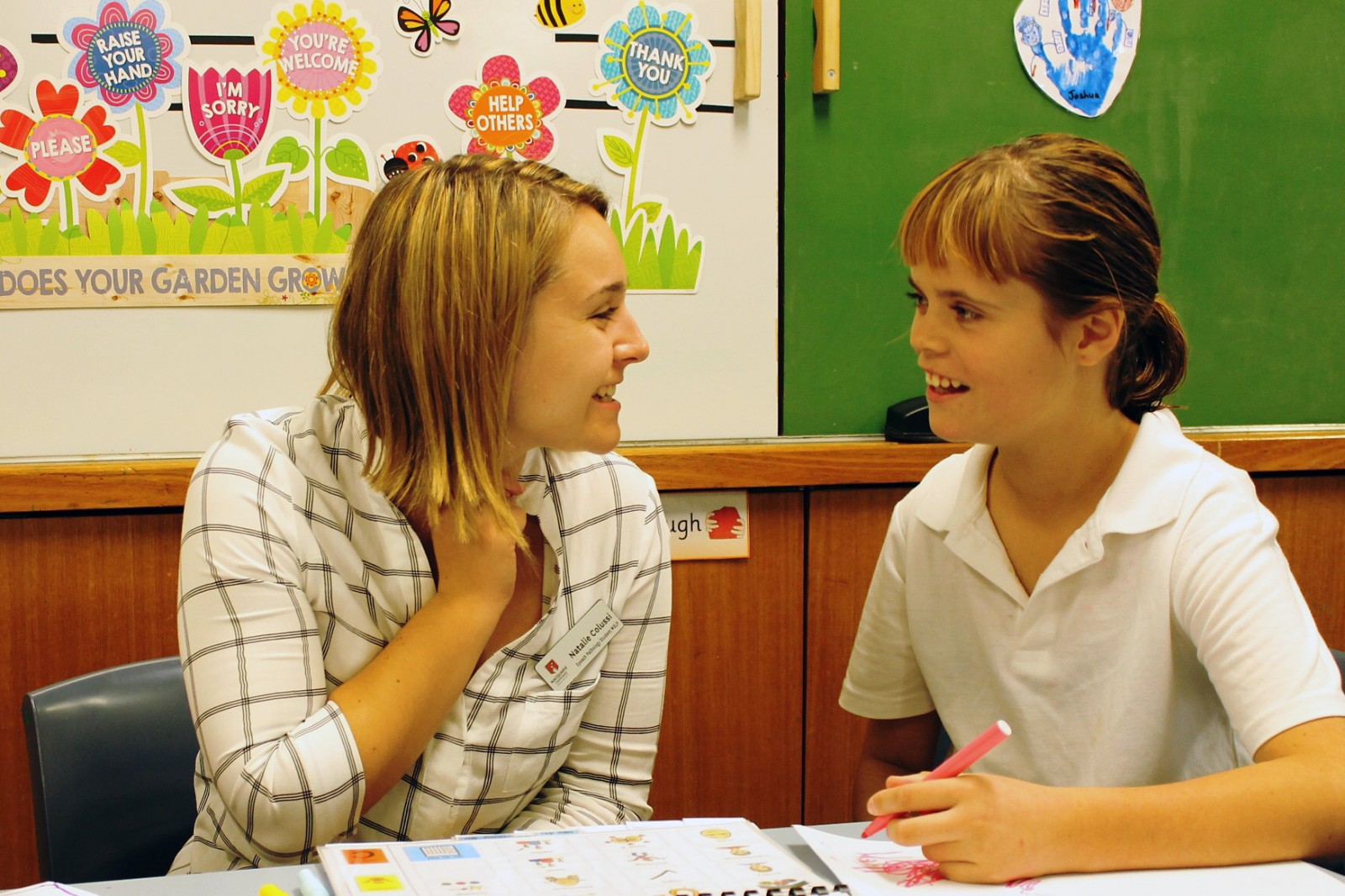Fluency
Fluency
FLUENCY
Fluency refers to how smooth or interrupted a student’s speech is. Dysfluent speech is often referred to as stuttering.
Types of stuttering include:
1. Repetitions
This can be repetitions of single sounds (e.g. "c..c..can I go to the toilet?'), syllables (e.g. 'the pa..pa..paper is there'), whole words (e.g. 'the...the...dog is running') or phrases (e.g. 'if I...if I... If I go').
2. Blocks
This is a period of silence in a word or sentence.
(e.g. 'please st..op')
3. Prolongations
This relates to audibly stretching out a single sound
(e.g. “caaaaaaaan I go to the toilet?”)
4. Other associated behaviour
The overuse of fillers such as 'um' or non-verbal behaviours such as excessive blinking, grimacing or tapping, are all considered types of stutters.
If a child is stuttering, it is recommended that you refer them to see a Speech Pathologist.
Useful Resources
- Talking Fluency
Information about talking fluency from Kidsense Child Development Centre in South Australia - 8 Teacher Tips
Tips for teachers from The Stuttering Foundation of America
Useful Links
- Australian Speak Easy Association
A link to the website for the Australian Speak Easy Association. Here you can find some resources for children, teachers and parents. - Resources for Teachers
A link to the Teacher Resource page from The Stuttering Foundation of America. - Stuttering Handbook for Teachers
A resource for teachers concerned about a child stuttering in the classroom.

